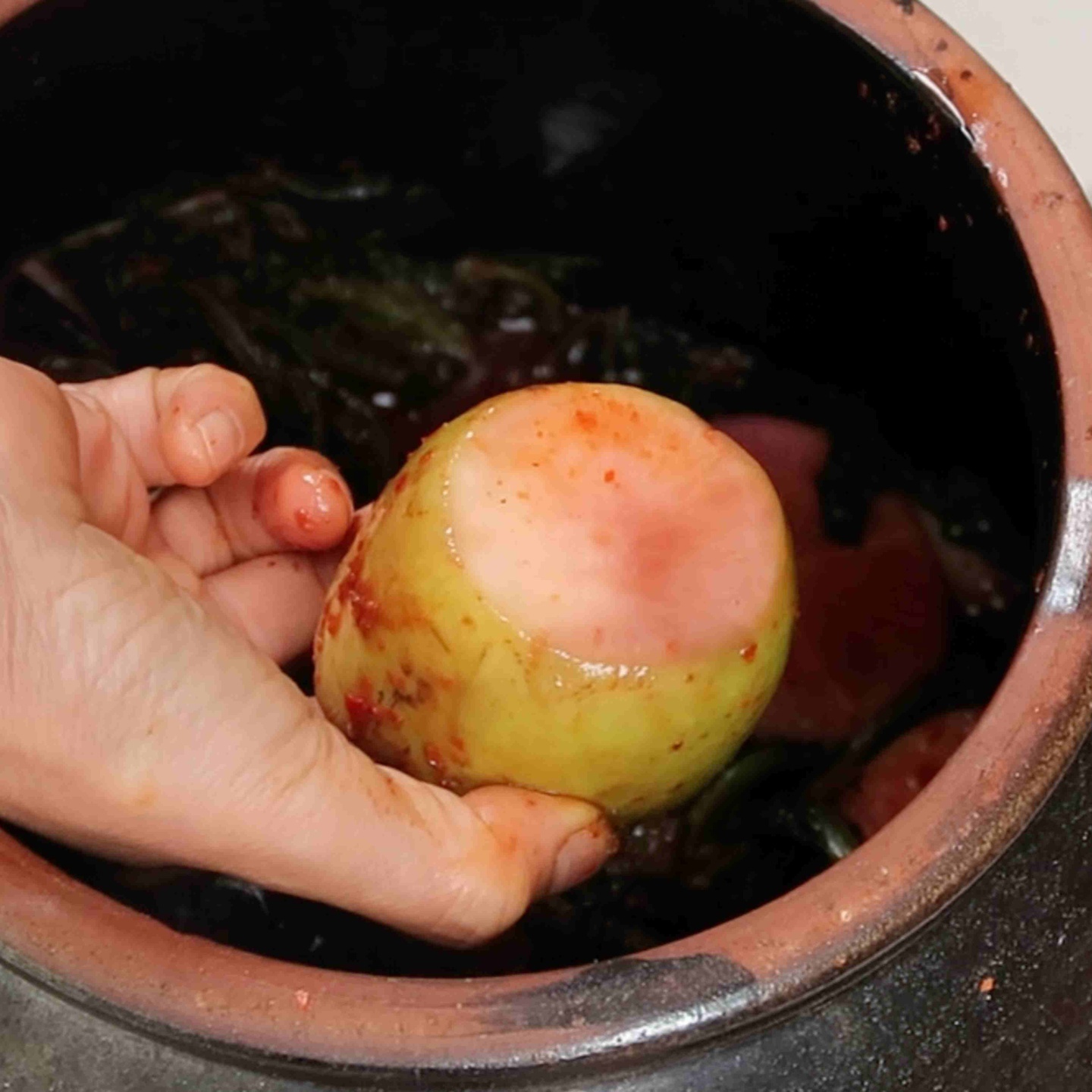Porridge can be broken down into three categories: white, vegetable, and protein. There are other terms that refer to porridge in Korean cuisine. Some refer to a very thin or finely blended version, but I will focus on the version…
What is Porridge (죽) in Korea?
Porridge (죽) is a healthy simmered rice dish that is made with rice simmered in broth with other ingredients until thickened. It is a healthy healing food that is enjoyed all the time but especially when someone is not feeling well. …
Basic Korean Curry Cooking Steps
Curry is a simple yet flavorful dish. There are some basic steps to making your curry that I will break down. Remember that these steps can vary based on the ingredients or meat cuts you use, but again these are…
Best Vegetables for Korean Curry
Vegetables are really important to add to the curry for texture, flavor, and color. You can really add whatever you want, but there are some other options that are commonly used in Korea. The most popular vegetable combination is onion,…
Best Meat Cuts for Korean Curry
There are a lot of different meat cuts that can be used for your curry dish. Usually, meat cuts are cut into medium-medium large chunks, but you can also use the ground version of your favorite meat. Some proteins that…
Korean Curry Powder Product Options
As I mentioned, in Korea, curry powder is usually used, and there are different levels of spiciness that you can get. Korean curry powder both seasons and thickens the liquid that it is added to, so you do not need…

